What’s special about Sarajevo can’t be captured by photos. I spent more time observing, conversing, and reflecting on Sarajevo’s past, present and future than I did taking photos. Sarajevo touched me more than any other destination I visited on this trip.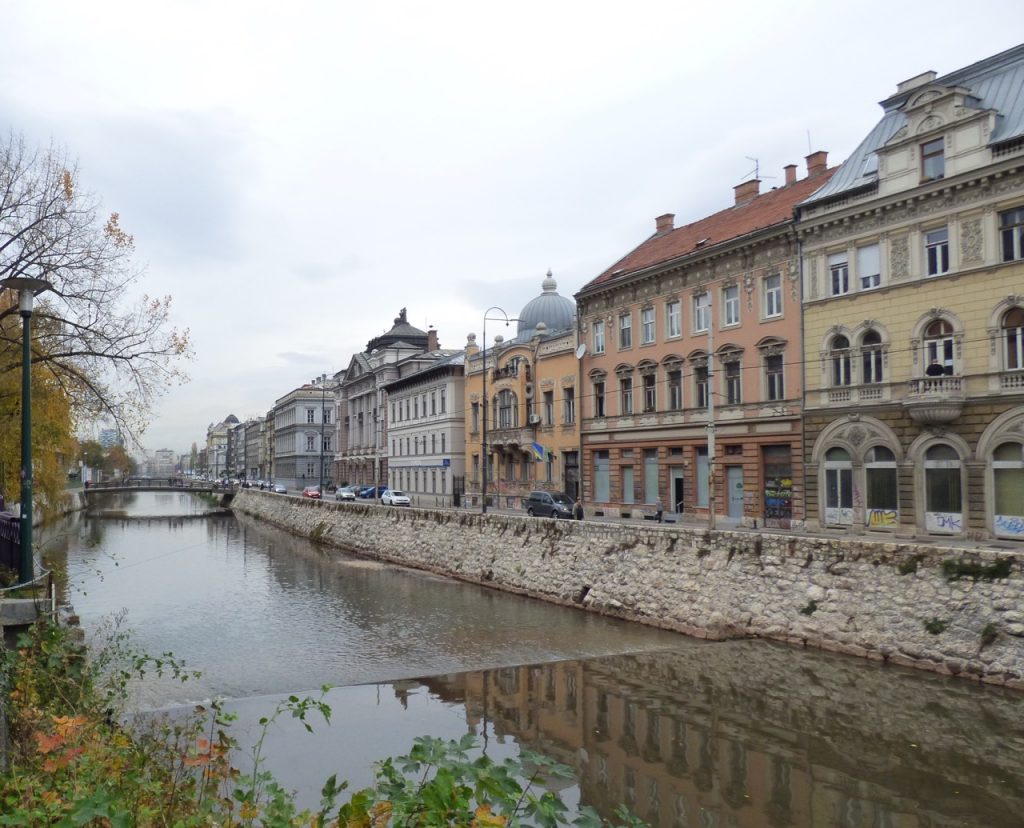
Once called the “Jerusalem of Europe” because of its rich history of religious diversity and tolerance, Sarajevo was a thriving center for culture and the arts until the devastating war that followed the breakup of Yugoslavia turned much of the city and its suburbs into a killing zone. From 1992 to 1995 Serbian snipers and artillery in the hills surrounding Sarajevo lay siege to the city and transformed the “Jerusalem of Europe” into a Balkan version of the Gaza Strip.
While Split and Dubrovnik sparkled, Sarajevo was somber and gritty, with old, graffitied buildings still pockmarked with unpatched wounds from mortars, gunfire, and artillery. Sarajevo is still fighting back to restore its lost promise and emerge from the ravages of war.
The XX2 annual international jazz festival, the reason why we were in town, is a shining example of this ongoing effort.  Before I describe the festival, however, I will touch on a few other highlights from the three days that preceded this extraordinary event.
Before I describe the festival, however, I will touch on a few other highlights from the three days that preceded this extraordinary event.
Our hotel was in the heart of the Old City, just one block from the corner where Archduke Franz Ferdinand of Austria and his wife were assassinated, an event that by most accounts triggered World War I. In addition to the pedestrians-only streets lined with cafes, stalls, restaurants and shops, the neighborhood is also home to a mosque, Catholic church, Orthodox church and synagogue. The close proximity of these houses of worship, all still active, are a living symbol of the tradition of mutual tolerance and peace that marked Sarajevo during its golden age and still endures today.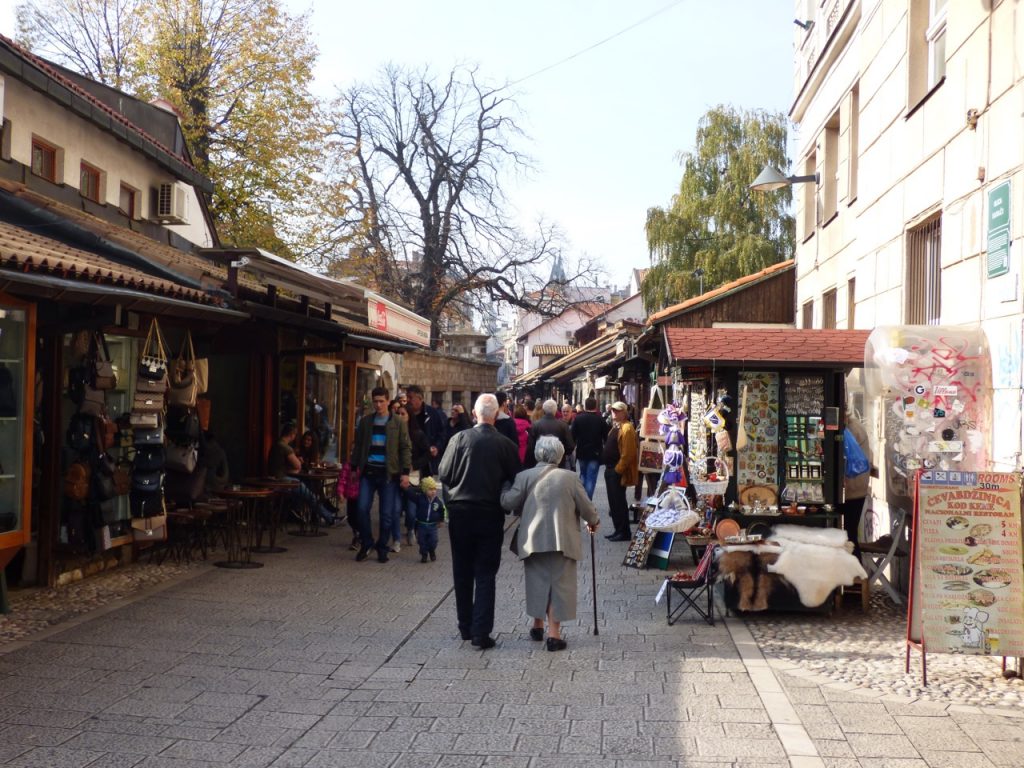
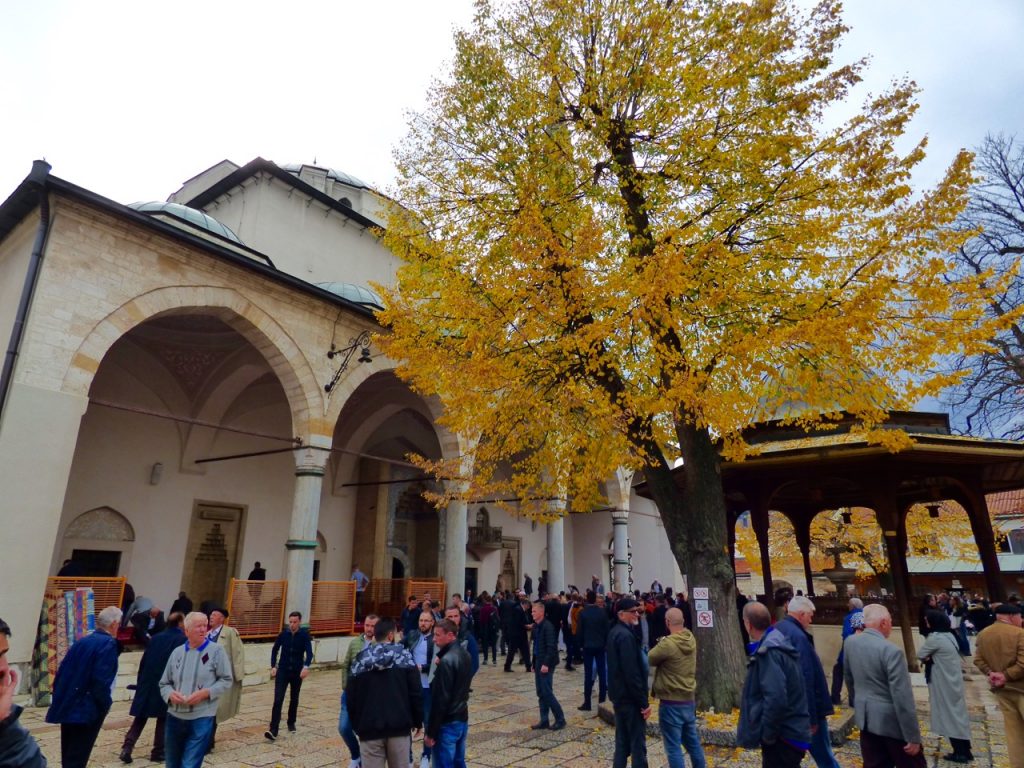
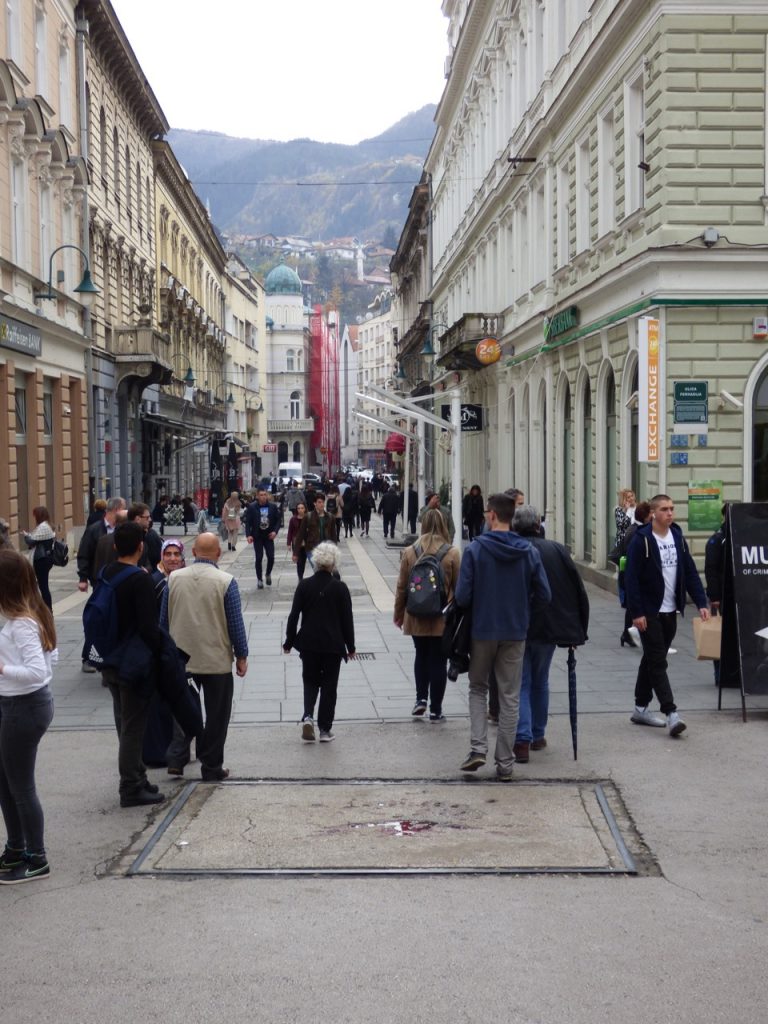
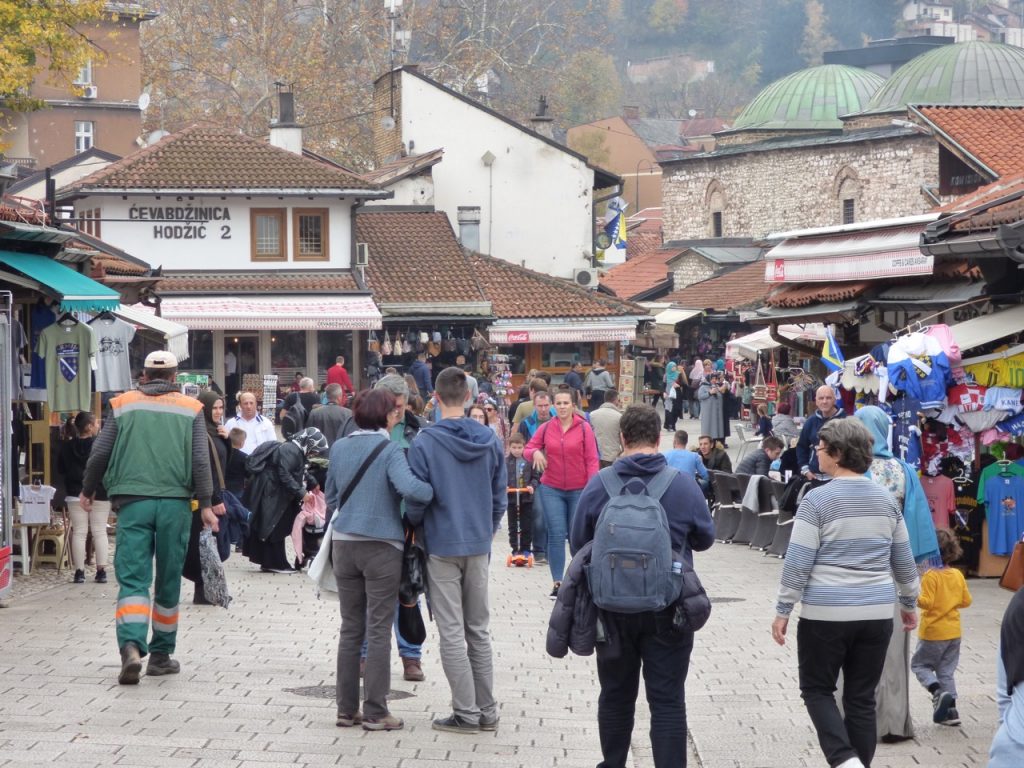
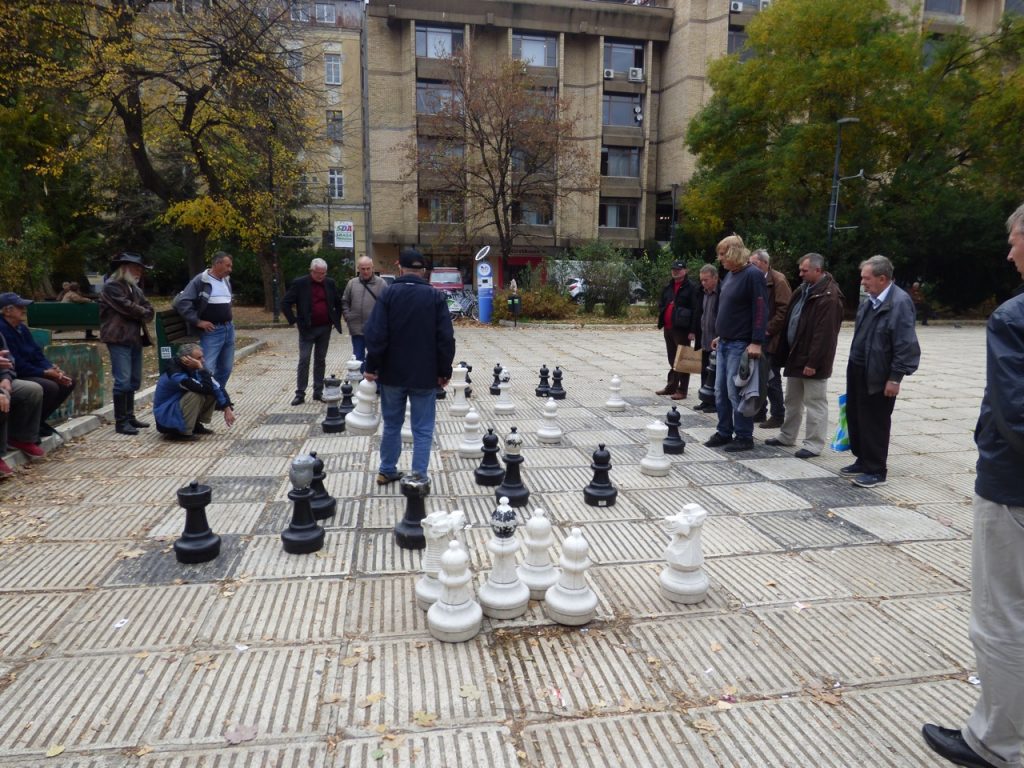
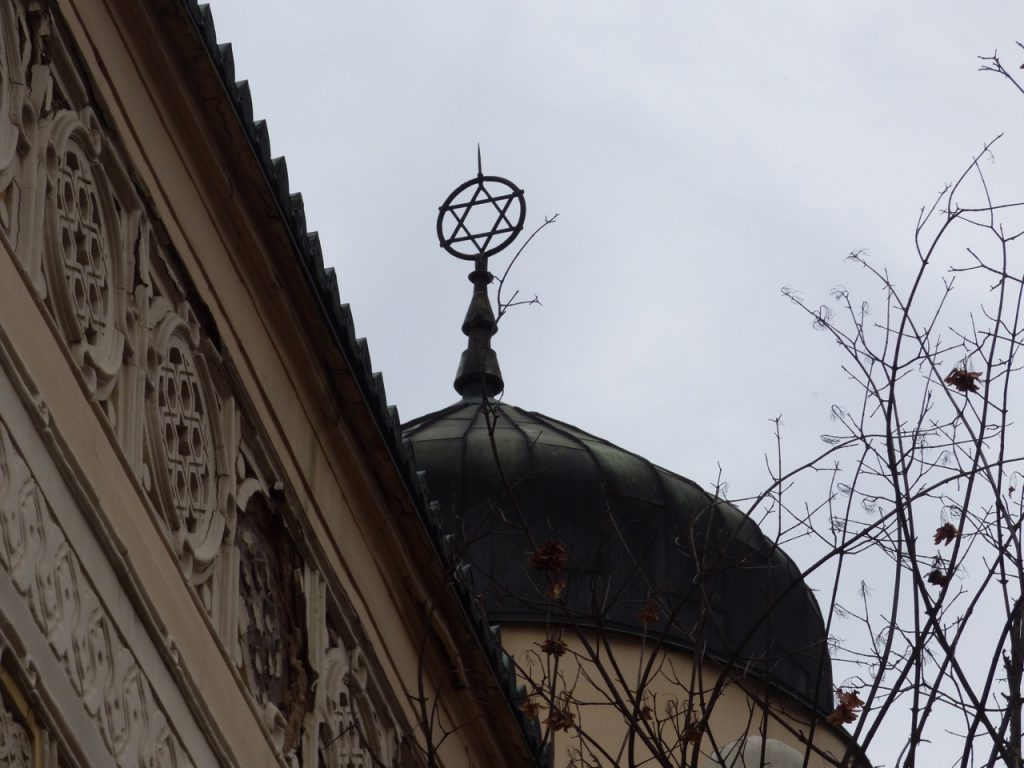

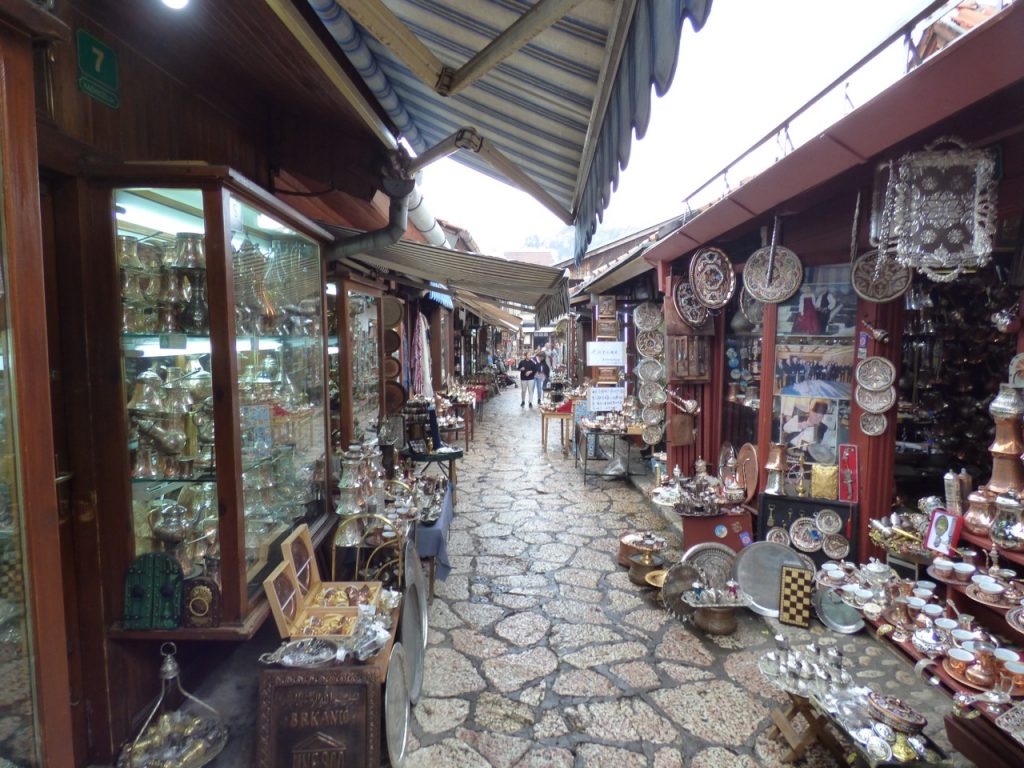
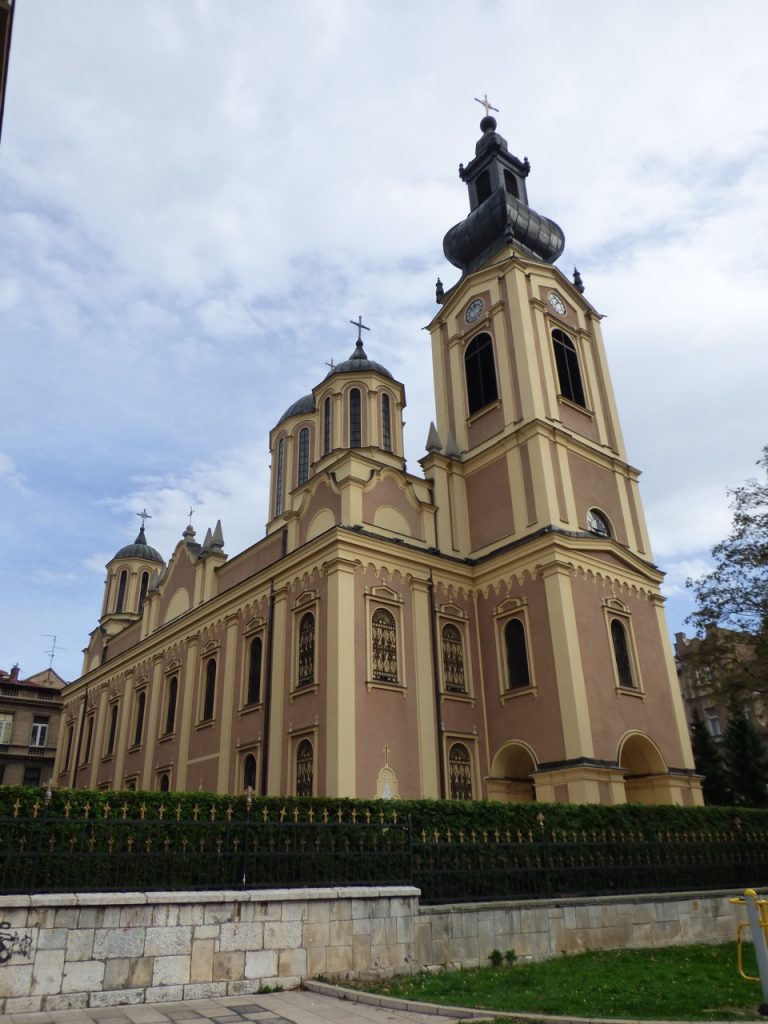
 We also visited the Jewish Museum of Bosnia-Herzegovina, in the building that housed the first synagogue in Bosnia (established in 1565) and the excellent, if sobering, Kultura Sjećanja (Culture of Remembrance) museum, tucked away in a building off the main pedestrian mall. The latter featured an exhibition about the mass slaughter in Srebrenica and films on the Siege of Sarajevo and the Miss Sarajevo beauty contest, held defiantly during the height of the Siege.
We also visited the Jewish Museum of Bosnia-Herzegovina, in the building that housed the first synagogue in Bosnia (established in 1565) and the excellent, if sobering, Kultura Sjećanja (Culture of Remembrance) museum, tucked away in a building off the main pedestrian mall. The latter featured an exhibition about the mass slaughter in Srebrenica and films on the Siege of Sarajevo and the Miss Sarajevo beauty contest, held defiantly during the height of the Siege.
On our last day we went on a tour of the tunnel built by the resistance under the runway of the airport to smuggle supplies into the city out of sight of the snipers who had essentially cut off the city from the rest of the world.
We also drank Bosnian coffee in the Old City accompanied by Bob Marley singing “everything’s gonna be alright,” and checked out views of the hills overlooking the city, site of the Winter Olympics in 1984 as well as the high ground for the Serbian snipers and artillery in the early-to-mid 1990s.
But Jazzfest was the main reason I was in Sarajevo. Featuring the music of and performance by my favorite musician, John Zorn, Jazzfest also included other musicians of international renown such as Julian Lage, Bill Frisell, and Petra Haden. Just as important for me was the implicit message sent by the diversity of the music and the musicians. Zorn is perhaps best known for his re-invention of traditional Jewish music, integrating free jazz, punk and heavy metal with Klezmer and cantorial melodies and influences. The musicians were just as eclectic, mainly from New York, but also from Mexico, Bosnia, Israel, South America, and Serbia.
The audience was from all over Europe. I met fans who traveled from England, Greece, Italy, and Slovenia. The spirit and enthusiasm of the audience, as well as the musicians, erased all national, cultural and religious boundaries. The festival ended with a rollicking set from Zion80, a 10-piece band that “explores Jewish music through the lens of the Afrobeat funk master Fela Anikulapo Kuti” (from the band’s website). Their performance ended with the mostly Christian and Moslem audience on its feet shouting for more.
So, what’s my take away from my five days in Sarajevo, and from one of the best musical festivals I have ever attended?
Sarajevo showed the world that people with different religious and ethnic identities can get along — more than that, can learn to appreciate, even embrace these differences. But the war years also showed how fragile these moments in history can be. Maybe what’s most important about Jazzfest is the suggestion that these moments can arise from the ashes and be a beacon of hope for the future.

